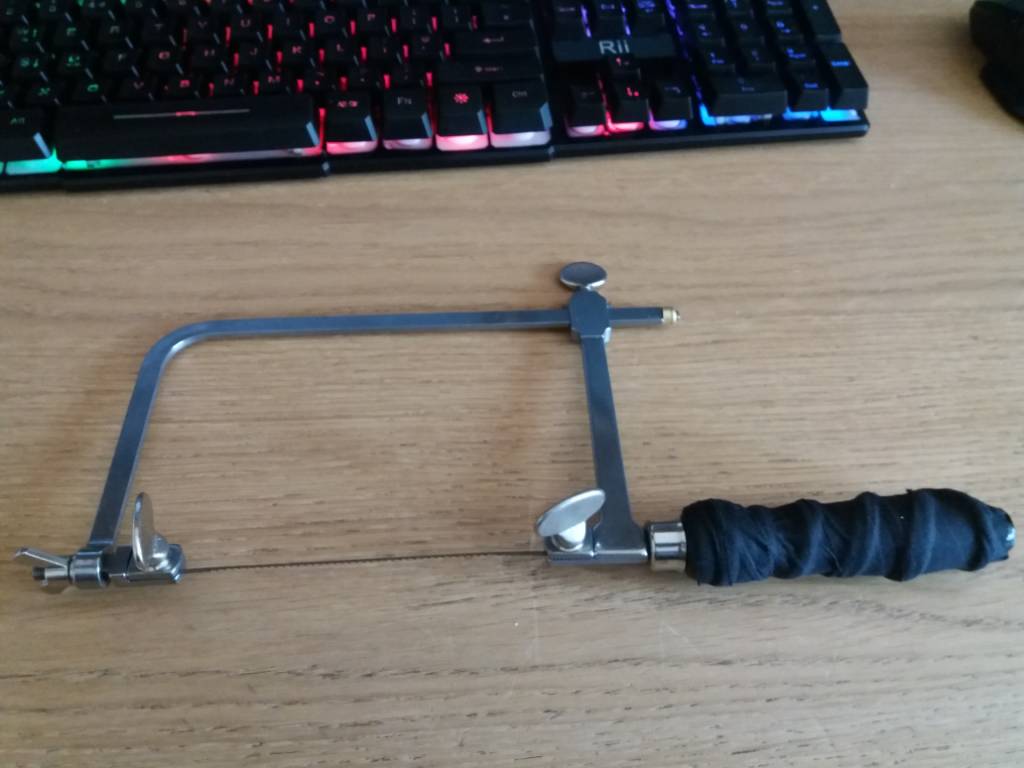transatlantic
Boom!
£10 from Workshop Heaven. Excellent quality.
https://www.workshopheaven.com/workshop ... 100mm.html
(Taped handle is a modification)

Sent from my SM-J510FN using Tapatalk
https://www.workshopheaven.com/workshop ... 100mm.html
(Taped handle is a modification)

Sent from my SM-J510FN using Tapatalk


































